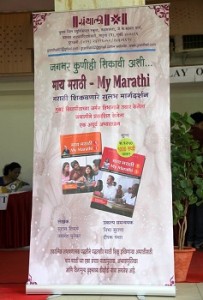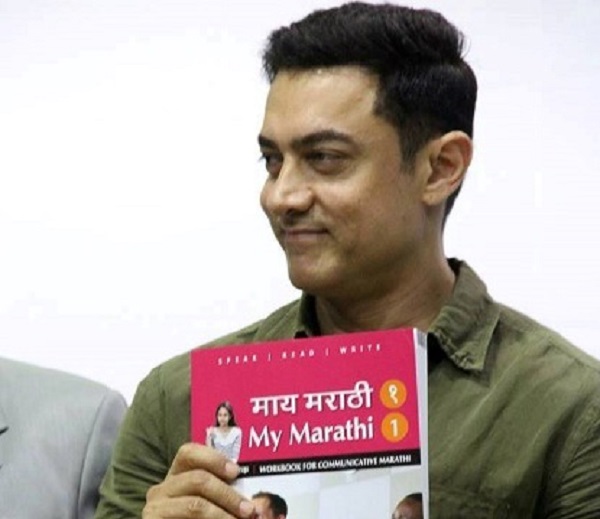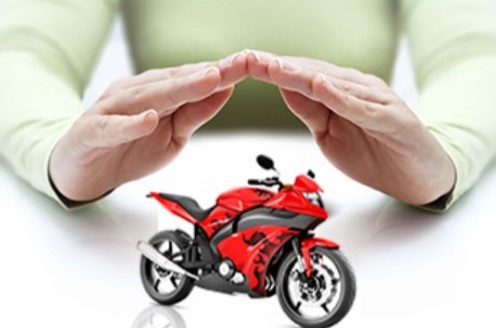Learning Marathi is now fun and simple with the introduction of ‘My Marathi 1’, an interactive textbook that teaches communicative Marathi.
by Shubha Khandekar
Marathi, a language slated to become the sixth classical language of India shortly, after Tamil, Sanskrit, Telugu, Kannada and Malayalam acquired this status, has the fourth largest number of native speakers in India. It is now possible to learn this language through a tried and tested communicative approach used highly successfully to teach German. My Marathi 1, a textbook for communicative Marathi brought out by reputed publisher Granthali, in collaboration with the Department of German, University of Mumbai, addresses the long-felt need of teaching Indian languages through the use of innovative, integrated, modern multi-media tools and methods.
The book was released at a recent function presided over by Dr Rajan Welukar, Vice Chancellor, University of Mumbai and the guest of honour was Michael Siebert, Consul General of the Federal Republic of Germany. This event was also the celebration of the centenary of the Department of German as the University of Mumbai is the oldest Centre for German Studies in India.
 Rather than teaching by rote, as has been traditionally done, the book, which comes together with a workbook and a DVD, uses contemporary scenarios to facilitate learning through familiar concepts and imagery.
Rather than teaching by rote, as has been traditionally done, the book, which comes together with a workbook and a DVD, uses contemporary scenarios to facilitate learning through familiar concepts and imagery.
My Marathi 1 also makes beautiful use of the word ‘My’ which in some Marathi dialects means Mother, and is symbolic of the mother tongue, and strikes a deep chord in the learner right from the first lesson.
A collaborative effort between the Marathi Department of the University of Mumbai, the Marathi Abhyas Kendra of Mumbai and the Marathi Abhyas Parishad of Pune, the work has renowned actor Aamir Khan as its chief patron and financer.
Focused on proficiency in understanding, speaking, reading and writing skills, the book is targeted at a wide range of learners with different difficulty levels, such as teen and adult learners, Indian and foreign individuals and those with or without the knowledge of the Devnagari script. Pattern drills, audio and visual exercises, learning games, songs and poems, cartoons and conversations for oral practice form the backbone of the learning experience. Grammar and vocabulary are introduced in a user-friendly manner and the use of International Phonetic Alphabet (IPA) lends a global perspective of accuracy in pronunciation. Regular tests, answer keys and a comprehensive chapter-wise glossary reinforce learning through all the stages. The work is suitable for both classroom and self-learning.
Editor Vibha Surana, whose brainchild the textbook is, hopes to replicate the experiment for the teaching of Hindi too.
With this, the teaching of Indian languages in multilingual India is set to be revolutionised. This project facilitates learning of Marathi globally, bringing Marathi Language Teaching on par with European languages like German, Spanish, French etc., a consistent team of highly specialised experts from various knowledge domains like Marathi grammar, Marathi creative writers, Marathi linguists, German experts trained in the integrated communicative methods and techniques, graphic designers, photographers for topic specific original photo shoots, digital experts, multimedia experts for audio-visual DVDs etc. shall be required who commit their next five years entirely to this content generation work.
In view of the incursion of English over all regional languages, this is a welcome endeavour for giving a much needed boost to a language rich in literary tradition.
To know more, contact project coordinators Dr Vibha Surana and Dr Deepak Pawar, coordinators of the Innovative Marathi Language Teaching Project at the Department of German, University of Mumbai. Write to them at head@german.mu.ac.in, santhadeep@gmail.com, or call 9820595850 / 9820437665.




